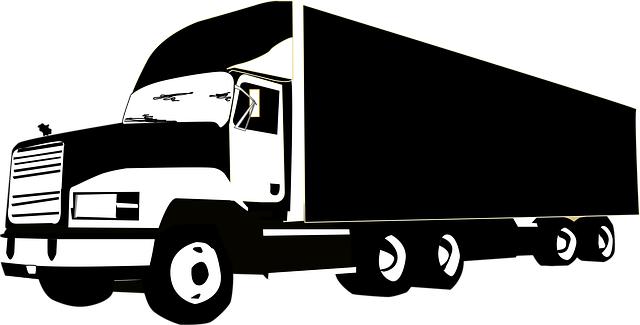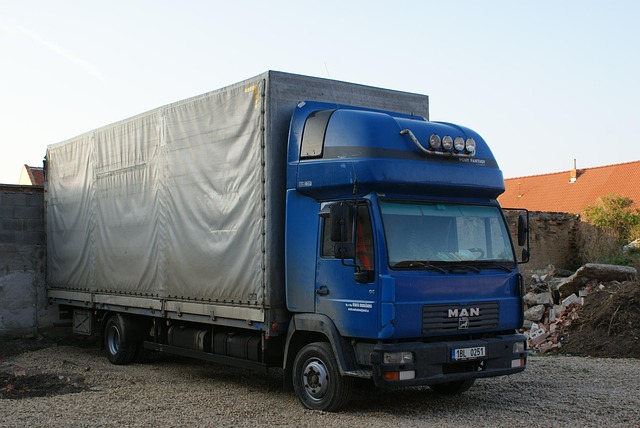Looking to register your car in California? This guide walks you through the entire process, from understanding eligibility requirements to receiving your California vehicle registration papers. Key steps include gathering necessary documents for DMV VIN verification, scheduling an appointment, submitting your application, and paying fees. By following these straightforward instructions, you’ll be cruising down the open road in no time with a valid California car registration.
- Understand Eligibility Requirements for Car Registration
- Gather Necessary Documents for VIN Verification
- Schedule and Complete DMV Vin Verification
- Submit Application and Pay Fees
- Receive Your California Vehicle Registration Papers
Understand Eligibility Requirements for Car Registration

Before you begin the registration process, it’s crucial to understand the eligibility requirements set by the California Department of Motor Vehicles (DMV). To register your car in California, your vehicle must meet specific standards and have a valid registration in another state or country. The DMV also conducts a Vehicle Identification Number (VIN) verification to ensure the car’s authenticity and prevent theft. This process involves checking the VIN against national databases to confirm ownership and avoid fraudulent registrations.
Additionally, for vehicles that are 15 years or older, a safety inspection might be required. This includes checking essential components like brakes, lights, tires, and exhaust systems. If you’re considering using a mobile VIN verifier or undergoing a vin inspection, ensure it’s done by an authorized agent to guarantee the accuracy of the results. This step is vital to comply with California’s regulations and avoid any legal issues related to car registration.
Gather Necessary Documents for VIN Verification

Before registering your car in California, you’ll need to gather several crucial documents for the DMV VIN verification process. The primary document is the Vehicle Identification Number (VIN) report, which can be obtained from various sources, including the vehicle’s manufacturer or a reputable mobile vin verifier. This report provides essential details about the vehicle’s history and specifications.
Additionally, you’ll require a valid driver’s license, proof of insurance, and current registration (if applicable). It’s also advisable to bring along any other documentation that might be relevant, such as purchase records or maintenance receipts. Having these documents prepared ensures a smoother process during your visit to the DMV for VIN inspection, making it easier to complete the car registration in California.
Schedule and Complete DMV Vin Verification

After submitting your registration application and required documents, it’s time to schedule and complete the DMV VIN (Vehicle Identification Number) verification process. This step is crucial as it ensures the accuracy of your vehicle’s information and helps prevent fraud. You can typically schedule a VIN inspection online or through your local DMV branch. Many people opt for convenient mobile vin verifier services that come to them, offering both peace of mind and saving time.
During the vin inspection, a DMV representative will verify the VIN details against their records to ensure everything matches. This includes checking the vehicle’s make, model, year, and other identifying information. In some cases, they may also inspect physical components of your car for any discrepancies. Having a mobile vin verification service perform this check can be especially beneficial, as it provides an extra layer of accuracy without the hassle of visiting a DMV office.
Submit Application and Pay Fees

After gathering all necessary documents, it’s time to submit your application and fees. The California Department of Motor Vehicles (DMV) requires specific paperwork for registration, including proof of identification, vehicle ownership, and insurance. Along with your application, you’ll need to pay the required fees, which vary depending on your vehicle type and other factors. One crucial step in this process is undergoing a DMV VIN verification, ensuring your vehicle’s unique identifier matches the records.
For convenience, many residents opt for mobile vin inspection or verification services, allowing them to complete this crucial step from the comfort of their homes. This alternative approach streamlines the registration process by eliminating the need to visit a DMV office. With these simple steps, you’re well on your way to officially registering your car in California.
Receive Your California Vehicle Registration Papers

After submitting your application for vehicle registration at the California Department of Motor Vehicles (DMV), you’ll receive your official California Vehicle Registration Papers. These documents are crucial, as they confirm that your car is legally registered and authorized to operate within the state’s boundaries. The package typically includes important information like your vehicle identification number (VIN), registration details, and any associated fees.
Ensure that all the data on the papers is accurate and matches your vehicle’s specifications. If you’ve opted for a mobile vin inspection or used a mobile vin verifier during the registration process, this step becomes even more straightforward as the VIN verification is already completed, streamlining the registration experience.
Registering a car in California involves several straightforward steps. By understanding eligibility requirements, gathering necessary documents for VIN verification, scheduling and completing DMV VIN verification, submitting your application with the required fees, and finally receiving your vehicle registration papers, you’ll be well on your way to legal California car ownership. Remember, a key part of this process is ensuring accurate and complete documentation, so don’t skip any steps or miss any deadlines.



